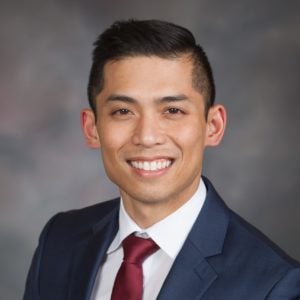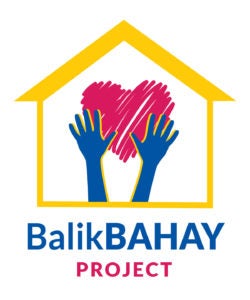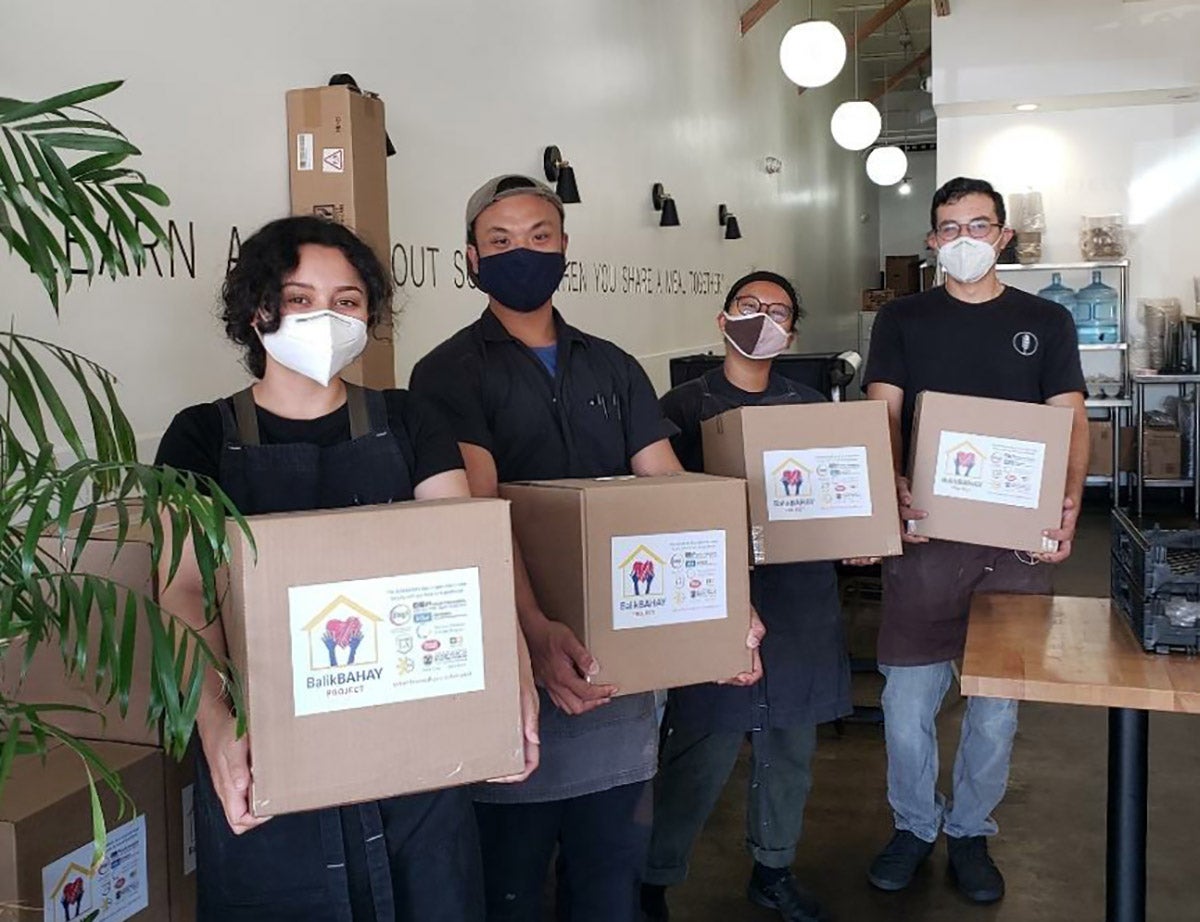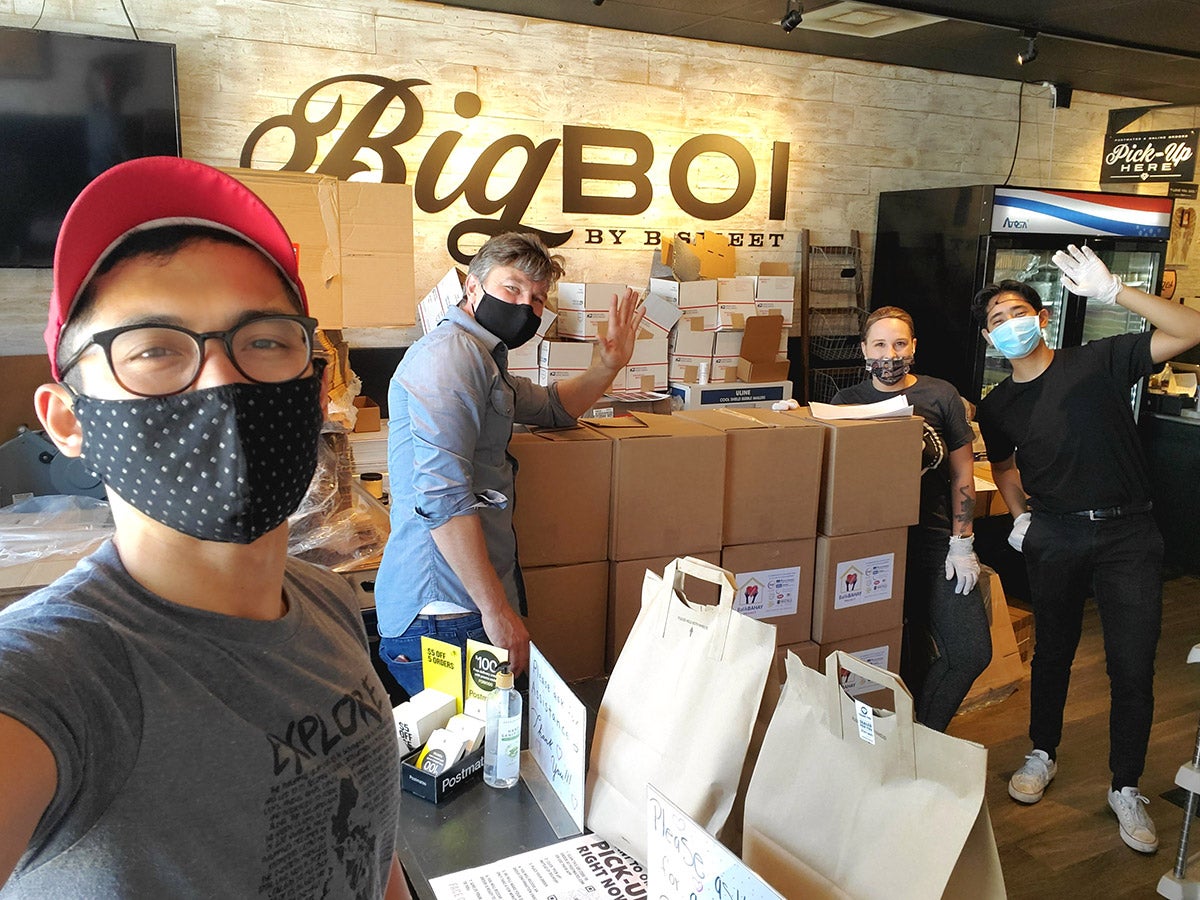3 Questions for Antonio Moya, MD, MPH ’13

Neurologist and graduate of the UCLA National Clinical Scholars Program
Antonio Moya, MD, MPH ’13, is a Los Angeles County neurologist who recently served as a National Clinical Scholar at UCLA and is active in the Filipino American community’s response to COVID-19 in Los Angeles and nationwide.
What specific challenges does the Filipino community in Los Angeles face when it comes to COVID-19?
Oftentimes, Filipino families in the U.S. comprise a lot of members in one single household, and we’ve seen that spreader events in the United States have been linked to getting exposed to the virus inside a single household.
There have also been incidents of racism during this pandemic, whether it’s Filipinos being attacked by people saying, “Go back to China,” and “Bring your COVID-19 back with you,” or Filipinos themselves placing blame for COVID-19 on people of Chinese descent.
Filipinos also represent a large number of those on the frontlines. One out of every five nurses in California and many nursing home caregivers are Filipino or of Filipino descent. They’re the workers that have the most exposure to COVID-19, and unfortunately that’s the risk with being a huge part of the U.S. health care workforce in the United States. We even have a website of all the Filipino health care workers who have passed away, showing the faces of people who have died in our community. Yet rarely are Filipino Americans shown on the T.V. screen, rarely given due credit for being on the front lines.
How are you involved in Filipino community response efforts to COVID-19?
 There are two projects that I’m working on. The first one is the BalikBAHAY Box project, which equips people who are especially vulnerable in the community to be ready for this pandemic. Boxes of healthy Filipino food staples have been distributed in target areas of Los Angeles. We also worked with local Filipino cloth mask makers to procure masks for the boxes. And we also have a pamphlet with key information in English and Tagalog about preventing the spread of COVID-19, especially dispelling the myths that are circulating in our community—for example, the myths of using garlic or vitamin C to prevent coronavirus infections. We wanted to create these packages using materials from Filipino restaurants, Filipino groceries, and have all the information come from Filipino health professionals within the community.
There are two projects that I’m working on. The first one is the BalikBAHAY Box project, which equips people who are especially vulnerable in the community to be ready for this pandemic. Boxes of healthy Filipino food staples have been distributed in target areas of Los Angeles. We also worked with local Filipino cloth mask makers to procure masks for the boxes. And we also have a pamphlet with key information in English and Tagalog about preventing the spread of COVID-19, especially dispelling the myths that are circulating in our community—for example, the myths of using garlic or vitamin C to prevent coronavirus infections. We wanted to create these packages using materials from Filipino restaurants, Filipino groceries, and have all the information come from Filipino health professionals within the community.
I’m also working with one of my best friends that I met at Harvard, Dr. Angelico Razon, on the Filipino American Health Forum on COVID-19: a series of talks about COVID-19 in our community in the United States given by Filipino American medical professionals, mental health professionals, and experts in many different fields related to COVID-19.
Why is it important to adapt public health communications to specific cultural groups?
Successful public health outreach is very dependent on having the cultural humility to truly understanding a community.
Some older Filipinos do not use English as their primary language, so information that we share must be in both English and the Filipino language. Filipino Americans statistically have higher rates of insurance than other Asian Pacific Islanders, but there’s a reticence to seek medical care because of different cultural understandings—one of which is this kind of spiritual fatalism, “Bahala na,” the idea that “If I get a disease, that’s God’s will.” This sentiment is entrenched in our culture. So there have to be effective ways to use this type of idea to our advantage, perhaps by saying, “God has given you the opportunity to learn more about COVID-19 or access medical care by having insurance, so you need to meet Him halfway.”
My other outreach has been related to stroke in the Filipino community. After doing qualitative research within the community, we created a soap opera-like episode, a teleserye, about stroke and what needs to be done during an acute stroke, specifically calling 911. That video was taken up by The Filipino Channel and has been seen by more than four million viewers globally.


